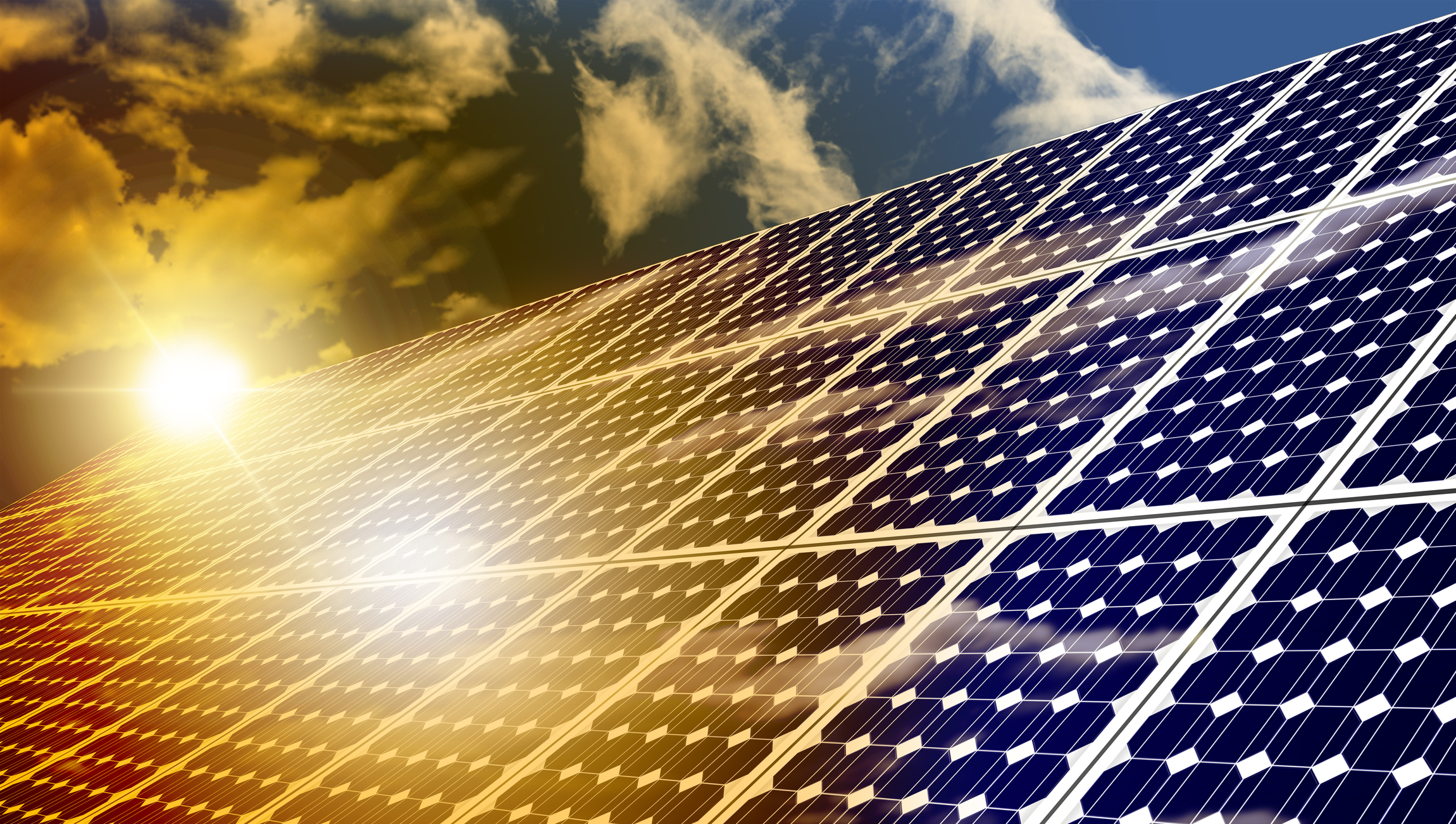Harnessing the power of the sun to create solar water is a revolutionary approach to energy efficiency and sustainability. By transforming sunlight into clean, renewable energy, we can significantly reduce our reliance on fossil fuels and create a more sustainable future.

Agrivoltaics blend solar and traditional farms responsibly | AGDAILY – Source www.agdaily.com
Overcoming Challenges:
Creating solar water systems can present challenges related to cost, efficiency, and the availability of sunlight. Understanding these challenges and developing innovative solutions is crucial for the widespread adoption of solar water systems.

Not too hot, not too cold. What’s ‘just right’ for solar PV? – Solar – Source research.csiro.au
The Promise of Solar Water:
Solar water systems offer immense benefits, including reducing energy bills, decreasing greenhouse gas emissions, and promoting energy independence. By harnessing the abundant energy of the sun, we can create a more sustainable and environmentally friendly approach to water heating.

In the us what is wind energy primarily used for, solar energy timeline – Source s3.amazonaws.com
Key Points:
- Solar water systems convert sunlight into clean, renewable energy.
- Benefits include reduced energy costs, decreased emissions, and increased energy independence.
- Challenges related to cost, efficiency, and sunlight availability require innovative solutions.

Solar Panels With Sun – Source ar.inspiredpencil.com
Personal Journey:
In my own home, I have witnessed the transformative power of solar water. I originally hesitated due to concerns about cost, but after thorough research, I realized the long-term savings and environmental benefits were undeniable. Today, I am proud to enjoy the convenience and sustainability of solar-heated water.
The process of installing my solar water system was surprisingly straightforward. I consulted with a professional who provided personalized recommendations based on my specific needs. The system was installed seamlessly and integrated with my existing plumbing infrastructure.

Step By Step How To Set Up A DIY 12 Volt Solar Power System for a Van – Source www.vankookz.com
Historical Context and Myth:
The concept of solar water heating has deep roots in history. Ancient civilizations, such as the Greeks and Persians, utilized solar energy to warm water in their baths and homes. Over the centuries, the technology has evolved, but the fundamental principles remain the same.
Myth and legend also intertwine with the story of solar water. In Greek mythology, the sun god Helios was believed to ride a chariot across the sky, bringing warmth and sunlight to the earth. This celestial imagery evokes the power of the sun to harness energy and create life-sustaining resources like water.

Solar Power Scavenger Hunt – Best of | ses21usa – Source ses21usa.wordpress.com
Uncovering the Hidden Secrets:
Harnessing the power of the sun to create solar water may seem like a complex process, but it involves a series of simple steps. First, sunlight is absorbed by solar panels, which convert it into electricity. This electricity then powers a pump that circulates water through a collector, where it is heated by the sun’s rays.
The heated water is then stored in a tank for future use. The size of the tank and the number of solar panels required will depend on the specific needs and climate of the area.

Harness the Sun: 2022 Profile and Reviews | EnergySage – Source www.energysage.com
Recommended Approaches:
To create a successful solar water system, it is important to consider the following recommendations:
- Consult with a professional to determine the optimal system size and design.
- Choose high-quality solar panels and components to ensure longevity and efficiency.
- Regularly maintain the system to ensure optimal performance.
li>Properly orient and install the solar panels to maximize sunlight exposure.

Buy Off-Grid Solar Power: 3 in 1 – A Comprehensive Beginner’s Guide – Source www.desertcart.ae
How Solar Water Systems Work:
Solar water systems operate on the principle of solar thermal energy. Sunlight is captured and converted into heat, which is then used to warm water. The most common type of solar water heater is a flat-plate collector. These collectors are composed of a dark, heat-absorbing material covered by a transparent glass or plastic glazing.
When sunlight strikes the collector, it is absorbed by the heat-absorbing material and converted into